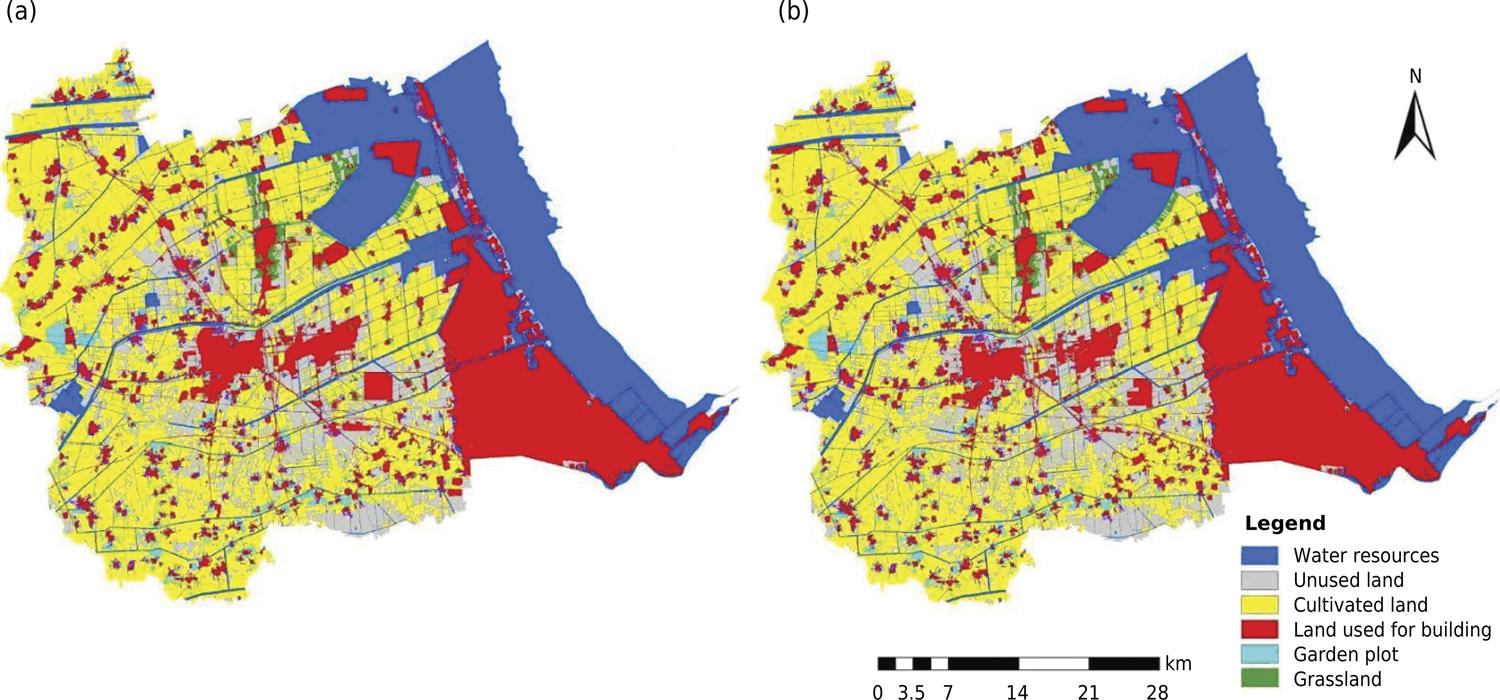ABSTRACT
The overuse of land has resulted in a sharp decline in ecological functions, affecting the environment as it relates to the existence and sustainable development of the whole biosphere. This work aims to evaluate the ecological and economic efficiencies of the land-use structure. A simulation model, CLUE-S (Conversion of Land-Use and its Effects at Small Region Extent), and an integrated model based on the MOP (Multi-Objective Program) and CLUE-S were applied to assess the suitability of unutilized lands in Huanghua City, China. This was to simulate the optimal structure of land-use in the research zone to avoid loss of the land ecological service functions and the decreasing values with rapid changes in the land-use structure. By the year 2020, the simulation of the single model shows that the economic efficiency is expected to increase, but the ecological efficiency will decline. Depending on the evaluation of the suitability of unutilized land and the optimization results of the integrated MOP- and CLUE-S-based models, the ecological and economic efficiencies are expected to increase by 1.17 and 2.23 %, respectively, compared with those in 2012. In addition, the sum of the two land functions will increase for the integrated MOP- and CLUE-S-based model by the year 2020 compared with the single model. Consequently, the ecological efficiency will significantly increase. However, the optimization solution based on the integrated MOP and CLUE-S model is better than the one based on the CLUE-S model.
CLUE-S model; MOP model; evaluation of suitability; ecological efficiency


